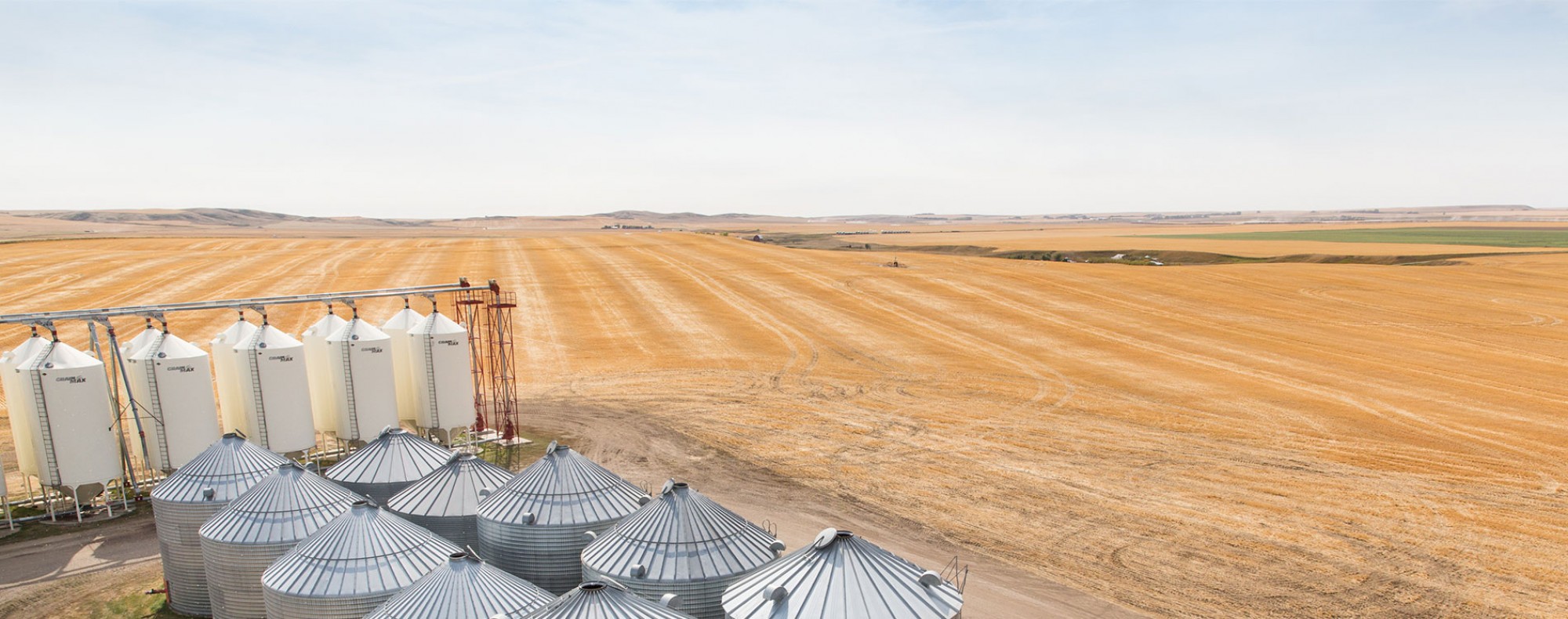Managing malt genetics for feed end-use: increasing barley profitability by challenging traditional end-use boundaries
Laurel Thompson, Lakeland College Vermilion
Start Date: April 1, 2020
End Date: March 31, 2021
Alberta Barley’s contribution: $12,000
The yields of new feed barley cultivars have declined or at best remained static compared to varieties registered 15 years ago in according to data from AFSC. Barley acreage are also declining by an average of 3% per year in Alberta. Conversely, malt cultivar yields have been increasing as new malt cultivars have been registered. Significant opportunity exists to increase feed barley yield, production, and profitability by challenging traditional end-use boundaries and managing high-yielding malt cultivars for feed end-use. With increased yield and profitability, barley for feed end-use may be a more competitive option resulting in increased acres. Additionally, new malt cultivars (outside maltster traditional preference) may gain a viable market, thereby enabling grower adoption and expanded acreage while maltsters become familiarized with new malt cultivars. Research and extension will be conducted in Vermilion (Lakeland College) and Forestburg (Battle River Research Group) in 2019 and 2020 to generate preliminary data to determine the response of 3 malt cultivars and 3 feed cultivars under 2 nitrogen management strategies: low (80 kg/ha total N targeting traditional malt end-use management) and high (140 kg/ha total N targeting feed end-use management). An economic analysis will be used to help answer the question: “What is the most profitable way to grow feed barley?”.
